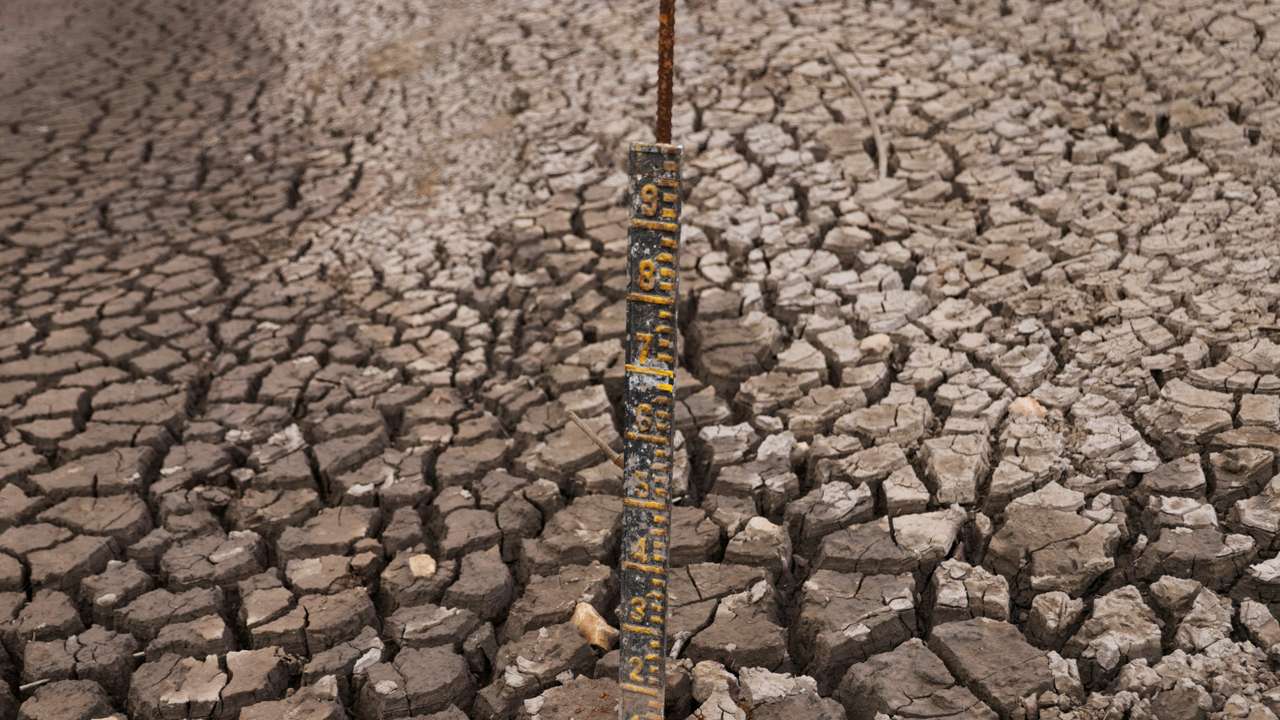How El Niño-induced drought is affecting livelihoods in Southern Africa

Extensive regions across Southern Africa encountered notably diminished rainfall from January 2024, with countries such as Zimbabwe, Zambia and Malawi receiving less than 20% of the usual February rainfall.
The drought resulted in severe water shortages, especially in Zambia and Zimbabwe, where water supply infrastructure is lacking.
According to the World Weather Attribution reports, these countries are combating significant outbreaks of cholera, waterborne illnesses and risks of severe food insecurity between the current and forthcoming rainy seasons.
The severe weather challenges across the Southern African countries have been linked to El Niño.
What is El Niño?
El Niño is a climate pattern characterised by the unusual warming of surface waters in the eastern tropical Pacific Ocean. It is the "warm phase" of a larger phenomenon called the El Niño-Southern Oscillation (ENSO). El Niño events can significantly alter global weather patterns, affecting temperatures and precipitation across various regions.
The phenomenon was first recognised by fishers off the coast of Peru who noticed the arrival of unusually warm water around Christmas time, hence the name "El Niño," meaning "the little boy" or "Christ Child" in Spanish.
During El Niño, the trade winds that typically blow from east to west across the Pacific weaken or even reverse direction. This change disrupts the normal upwelling of cold, nutrient-rich water, leading to warmer sea surface temperatures. The effects of El Niño are widespread, influencing weather conditions such as increased rainfall in the southern United States and Peru, and drought in the western Pacific and sometimes in Southern Africa.
El Niño events occur irregularly, approximately every 2 to 7 years, and can last from 9 to 12 months. They are not predictable in the same way ocean tides are, but scientists use various measurements, including sea surface temperatures and atmospheric pressure differences, to monitor and forecast these events.
How is it affecting Southern Africa?
In Zambia, there is a 45% surge in food prices, exacerbating hunger. This is due to a drought caused by El Niño which has affected 9.8 million people, prompting a national disaster declaration in February due to delayed rains and failing crops. This happened across 84 districts in 8 provinces, and approximately 14.8 million individuals were impacted. A March assessment, according to Reliefweb, revealed alarming levels of food insecurity: 76% have limited food stocks, 5.7% have none, and 75.7% are resorting to severe coping measures. Crop damage ranges from 50% to 90%, and water scarcity has compelled 30% of the population to seek alternative sources. Concurrently, over 740 fatalities have been recorded due to Cholera, marking the deadliest outbreak in the country's history.
Nearly 4.4 million people have been impacted by El Niño in Malawi as a result of below-normal rainfall and high temperatures. This has severely affected maize across the nation. Other crops like rice, groundnuts, and soybeans have also experienced significant losses, posing threats to food security and livelihoods.
Additionally, more than 2.7 million Zimbabweans are facing urgent needs as a consequence of prolonged dry spells, leading to widespread crop failure in numerous regions. Government reports suggest that 26% of rural residents will experience shortages of cereals, intensifying an already severe hunger crisis. The situation is further complicated by economic strain and livestock losses, amidst a cholera outbreak that has claimed over 560 lives. Livestock diseases and water scarcity have only intensified these challenges.